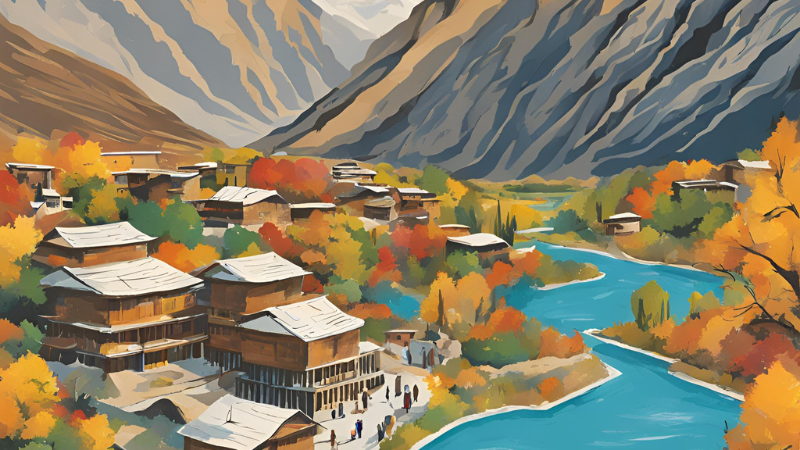
Pakistan has experienced a significant surge in tourism over the last decade and a half, largely due to regional security stabilization, rising average incomes, and an improved road infrastructure, bolstered by strengthened ties with China. Leading travel guide publishers, such as ‘Lonely Planet’, have ranked Pakistan as the 9th best country to visit in 2024. Additionally, Pakistan achieved one of the most robust recoveries in post-pandemic travel during the first half of 2023, with a remarkable 115 percent growth compared to 2019, according to World Bank data.
While tourism can boost a country’s economy significantly, the absence of sustainable practices can lead to severe environmental degradation and long-term socio-economic harm. Tourist areas also frequently undergo destruction of local habitat due to infrastructure development. This highlights Pakistan’s need for sustainable tourism practices. While many stakeholders have emphasised the necessity for a more sustainable approach in place of mass tourism, serious caveats threaten not only the future of Pakistan as a travel destination, but also the host communities in areas that receive a significant influx of both local and international tourists during peak travel season.
This article focuses on the Hunza district in Gilgit-Baltistan, the northernmost province of Pakistan, which attracts the majority of tourist activity. It is a remote, mountainous region known for its stunningly pristine glaciers and mountainscapes, adventurous trekking and mountaineering opportunities, and agro-pastoral communities admired for their unique culture, organic lifestyle, and warm hospitality. This region has, for the better part of the last century, mostly been disconnected from the rest of the world, up until the Karakoram Highway was opened in the 1980s to connect China and Pakistan and which now serves as the main artery that connects this region to the rest of the world.
While the government has made close to no investments in the area, and infrastructural progress has been slow, the communities that inhabit this region, especially where the Ismaili Muslim sect is dominant, are known for their self-sufficiency, comparatively high literacy rates, and seemingly low gender disparity. Despite this, these communities remain marginalised and socio-economically vulnerable due to remoteness and lack of economic opportunities, as well as being under threat due to a concentrated demand from the tourism industry.
Array of exploitative and concerning trends combined with a lack of education about responsible tourism, are collectively endangering the health of this region along social, economic, and environmental dimensions.
It is also essential to highlight that, most often, such hotels are owned not by locals but by wealthy investors hailing from more affluent parts of Pakistan. The upper management is brought in from down south, and lower-level staff is usually local and often paid low wages due to their lack of experience working with bigger chains. This exploitative dynamic has caused issues between foreign investors and locals who maintain they deserve a higher stake in businesses that cash in on the beauty and culture of their region. Such circumstances have fostered resentment among locals against foreign investors and eroded the goodwill of the local communities and trust in outsiders in the long term.
Attabad Lake, located in Upper Hunza, which formed due to a massive landslide that blocked the Hunza River’s flow and has now been transformed into one of the most popular tourist spots in the region, is also not without its issues. With multitudes of diesel-powered speed boats and jet skis operating on the turquoise-blue lake and potentially polluting it, the shore of the lake itself is punctuated by massive resort hotels hastily constructed without proper risk assessment for possible landslides in the future. In the absence of adequate waste management, these hotels are silently dumping sewage into the lake, a water body that, according to experts, is expected to disappear in another decade owing to erosion of its spillway.
Lack of destination management has also meant overcrowding, directly translating into increased resource consumption and growing waste production. There have been reports of trash being found in places as remote as Deosai Plains and as far away as the K2 base camp. Mountaineers, who bring tonnes of gear and packaged goods, leave behind trash ranging from plastic packaging to metal equipment to synthetic clothing. Locals are left to deal with this garbage, with many places in urban towns now being turned into dumping sites that are later set alight as a garbage disposal mechanism that poses environmental risks.

